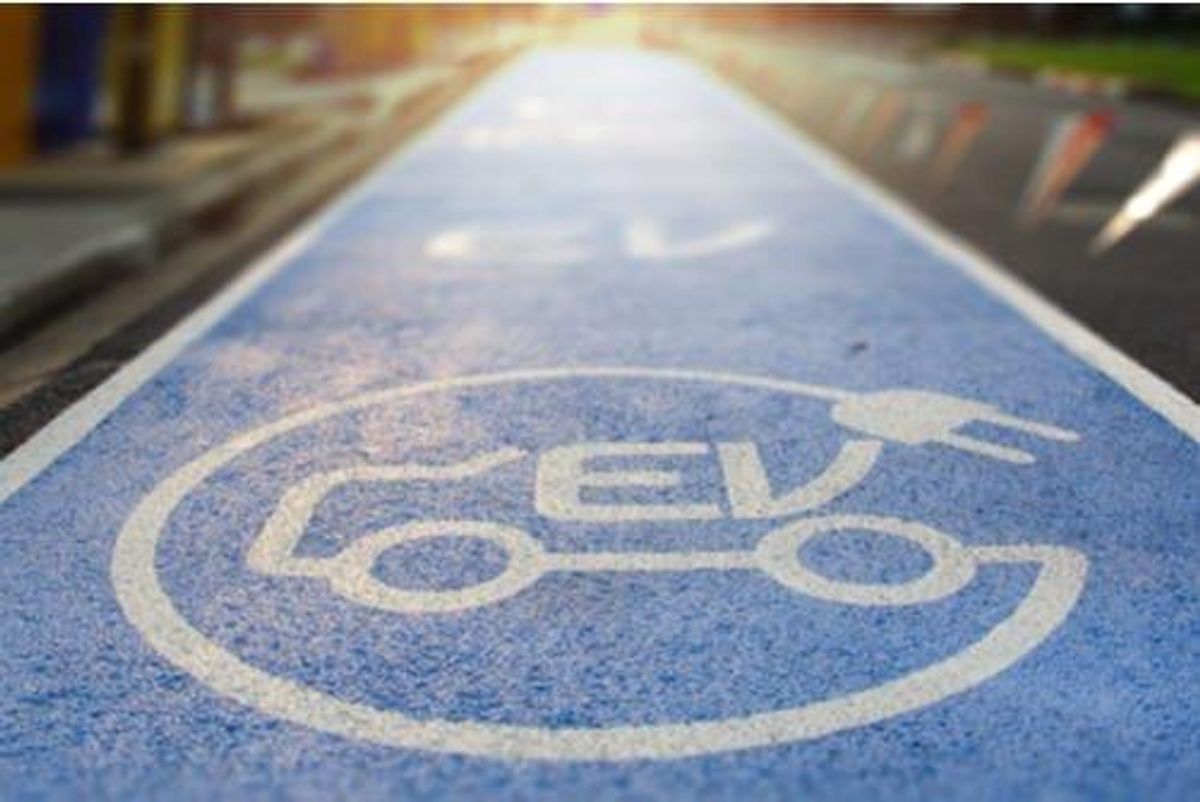Europe’s Electric Vehicle Supply Chain
Read on to learn what every investor should know about Europe's efforts to build out its...
Read on to learn what every investor should know about Europe’s efforts to build out its electric vehicle supply chain.

With the help of government incentives and tougher emissions regulations, the electric vehicle (EV) sector in Europe has been expanding fast, even during the pandemic.
In fact, last year, Europe overtook China as the world’s biggest EV market, with the region aiming to have at least 30 million zero emission vehicles on its roads by 2030.
Almost 2 million EVs were sold in 2020 as traditional carmakers flooded the market with plans to electrify their fleets sometime in the next decade.
Europe, including the EU, the UK and European Free Trade Association, more than doubled yearly plug-in cars sales from 559,000 in 2019 to over 1,364,000 in 2020, according to IDTechEx data. In 2021, the firm predicts further growth of at least 20 percent — around 1.5 million plug-in car sales.
If one thing is clear, it’s that this growing EV space in Europe will require batteries. To meet that demand, megafactory capacity plans are being put in place at a rapid pace.
According to Roskill data, Europe accounted for around 6 percent of global lithium-ion battery cell capacity in 2020. The firm forecasts that Europe will occupy over 26 percent of global lithium-ion battery cell capacity by 2030, with more than 30 lithium-ion battery megafactories in operation.
When looking at the buildout of its lithium-ion supply chain, Europe not only has to consider its battery cell capacity, but also must pay attention to battery components — namely anodes and cathodes, and the raw materials they require.
According to Benchmark Mineral Intelligence, the majority of megafactory capacity is forecast to be centered on nickel-containing cathode chemistries, primarily nickel-cobalt-manganese (NCM), shifting towards NCM 811 in the coming years from the current NCM 523/622 base.
Looking ahead, the firm expects Europe’s demand for graphite to increase 18.9 times from 2019 to 2029, with demand rising 18.9 times for lithium and 9.7 times for cobalt. But can Europe supply its own needs?
Click through the articles listed below for an overview of what investors should know about Europe’s efforts to build out its EV supply chain, from securing supply of raw materials to production of vehicles.
Read on to learn what every investor should know about Europe's efforts to build out its...
The European Commission has highlighted energy storage as key in the transition towards a carbon-neutral economy. Read...
Learn about the current state of the electric vehicle industry in Europe, plus carmakers' plans and...
Can Europe become a leading region for battery manufacturing to supply the growing needs of its...
Europe continues to make moves to take greater control over its raw material supply chains to...
Here's a breakdown of what Europe's green agenda could mean for copper, whether the region can...
INN looks at the geological landscape in Europe, the region's refining capabilities and its next steps...
Where can natural graphite be found in Europe, and will it be possible for the region...
The Investing News Network looks at the geological landscape for cobalt in Europe, the region's refining...
Don’t forget to follow us @INN_Resource for real-time news updates.
Securities Disclosure: I, Priscila Barrera, hold no direct investment interest in any company mentioned in this article.
Editorial Disclosure: The Investing News Network does not guarantee the accuracy or thoroughness of the information reported in the interviews it conducts. The opinions expressed in these interviews do not reflect the opinions of the Investing News Network and do not constitute investment advice. All readers are encouraged to perform their own due diligence.
Priscila is originally from Buenos Aires, Argentina, where she earned a BA in Communications at Universidad de San Andres. She moved to Vancouver for the first time in 2010 and fell in love with the city. A few years after she went to London, UK, to study a MA in Journalism at Kingston University and came back in 2016. She enjoys reading, drinking coffee and travelling.
Learn about our editorial policies.